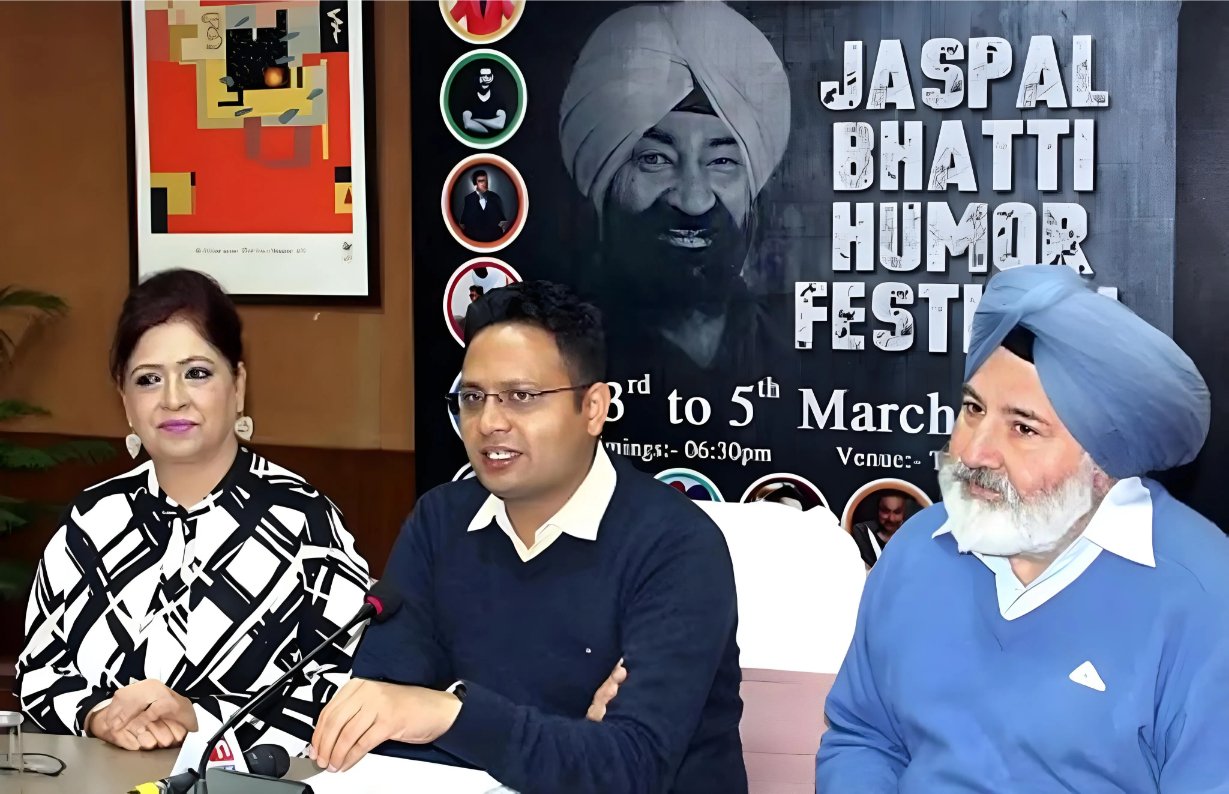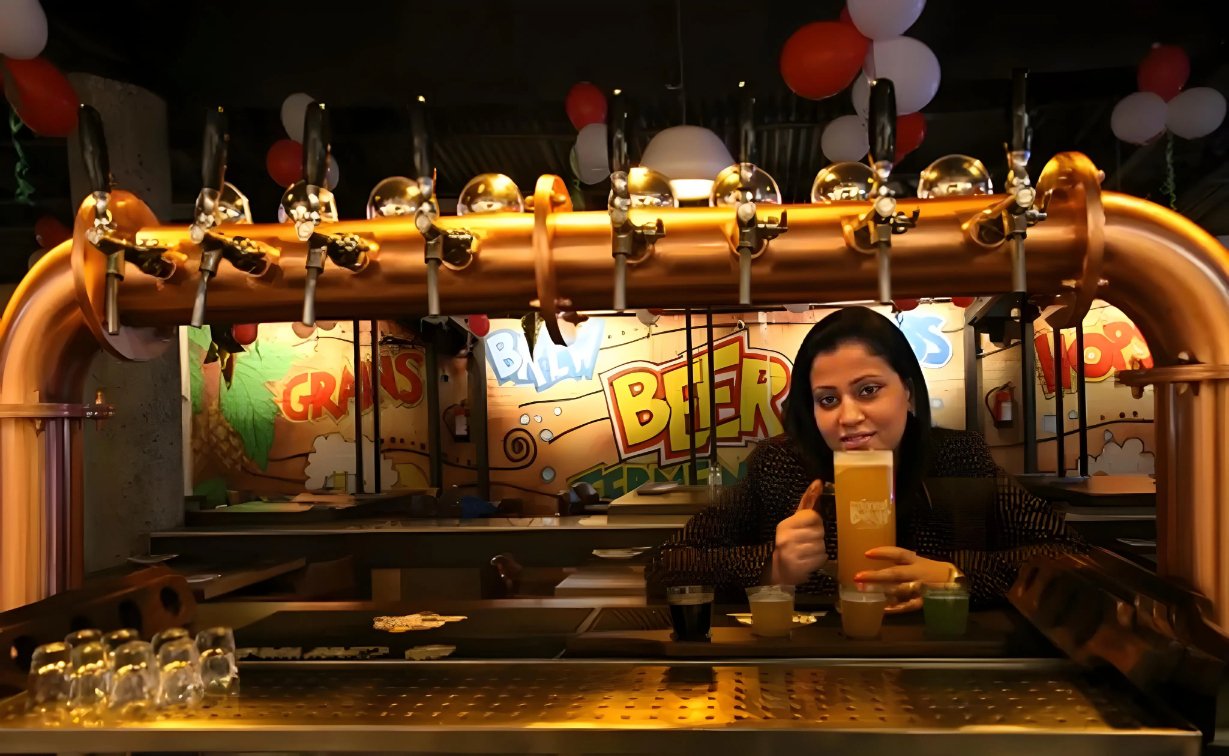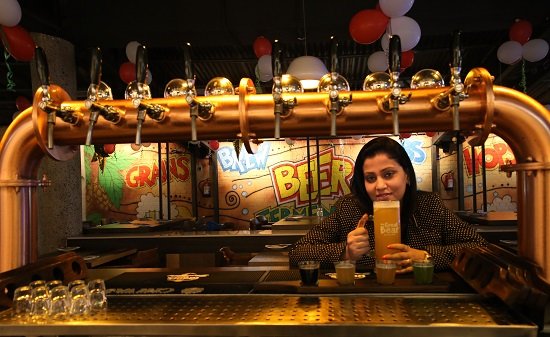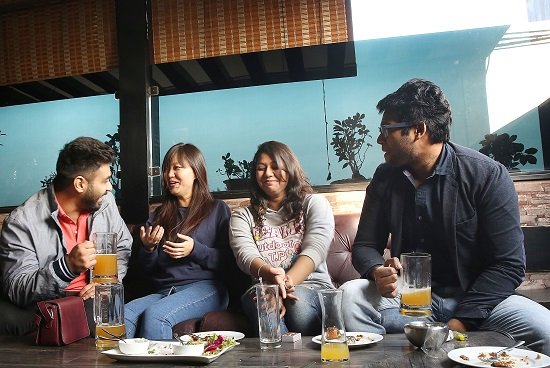Small but thriving, the city's organic famers' market offers naturally grown, pesticide-free produce for all with music and fun on the side
We all want to eat vegetables and fruits in their purest forms with no harmful use of chemicals. But growing your own produce isn’t easy as it calls for planning, space and above all time and resources. But here’s good news in the city.
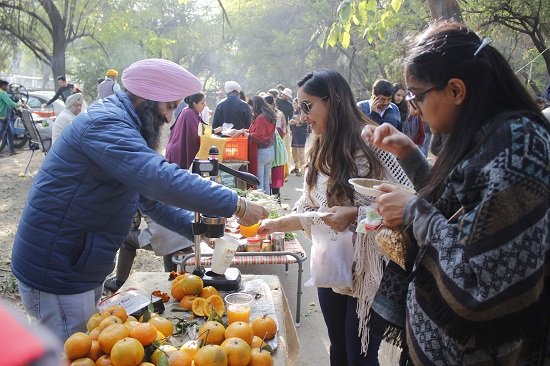 Photo By: Sumit Kumar
Photo By: Sumit Kumar
The Farmers’ Market
As many as 12 farmers come together every Saturday (12pm to 4 pm) near the Sukhna Lake (Kartar Aasra road) in Chandigarh to sell their naturally grown, pesticide-free produce. The market offers a variety of produce by various farmers like green leafy vegetables, pulses, jaggery, honey, rice, flour, spices, ginger, garlic, ‘muraba’, ‘achaar’ and more.
The initiative that started about a year and a half ago, known as the Chandigarh Holistic Agriculture Initiative or CHAI, has farmers coming from Kurukshetra, Nabha, Fatehgarh Sahib, Kishengarh, Ropar, etc. After having faced its share of ups and downs, it now has dedicated consumers who don’t miss the weekly date. Originally started in NITTTR last year, the market was asked to shift base from one venue to another. After shifting from CCET, the Forest Department gave them a new location. And given the green surroundings it is the perfect setting.
.jpg) Photo By: Sumit Kumar
Photo By: Sumit Kumar
Seema Jolly, one of the farmers and also one of the founding members of the initiative, calls it an exclusive organic platform. “A need was felt when it came to marketing the organic goods. This is one platform where farmers and consumers come together,” says Jolly.
It’s a place which sees similar faces every week, where everyone knows everyone, has seen a good response and has grown through word of mouth. And it’s much more that just buying or selling vegetables. “With some music, food and stuff for kids to do, we want to grow this into a holistic community” adds Jolly.
 Photo By: Sumit Kumar
Photo By: Sumit Kumar
What’s on offer?
Like many other farmers busy selling their produce, we caught up with Gurmel Singh, a farmer from Nabha. His products include jaggery, shakkar, pinni, saag and ghee. Singh who has been associated with this market ever since it started, says, “I feel there’s a gap between the producers and the consumers which needs to be sorted.”
We spotted another couple selling paneer, breads and veggies. Rohit Kumar from Ambala, who worked for his foundry business all his life, decided to turn organic 12 years ago when he found out about people adulterating milk. “So the basic purpose was to provide good quality pure milk to people,” says this graduate from PEC, Chandigarh. “More than a profession, it’s a passion for me now,” says Kumar, who started coming to the Saturday market in May last year and has loved the response.
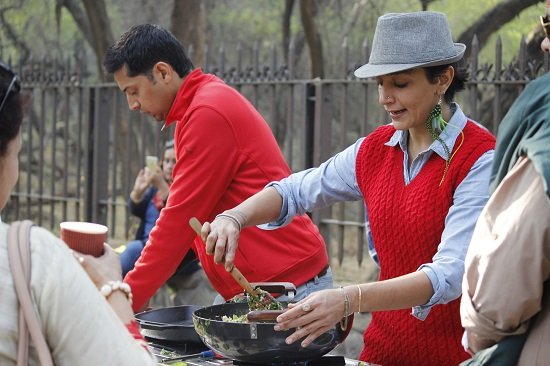 Photo By: Sumit Kumar
Photo By: Sumit Kumar
The market offers juices, a counter with stir-fried vegetables and yet another one for pizza. With kids learning how to make bird feeders from biodegradable wastes, live music being played, and food available in every form, it truly turns out to be one complete venue.
The market also offers vegetables, honey, pulses, strawberries, all coming directly from different farms. Produced in natural environments, and with the efforts that have gone in to nurture them, these cost slightly more than the regular products that are available elsewhere in the city.
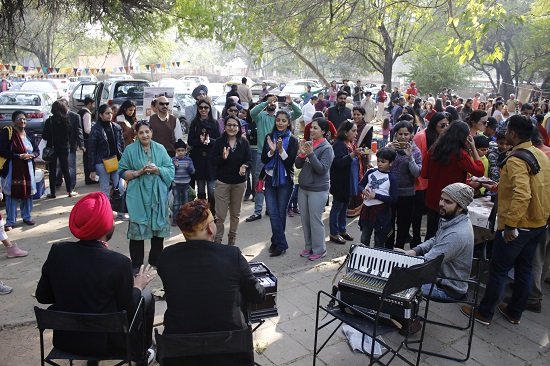 Photo By: Sumit Kumar
Photo By: Sumit Kumar
The organic market is where it is because of the people involved and their undying efforts. The market, not having received enough help from the administration, stands on its feet by the farmers funding it themselves and sees itself growing in the future with the involvement of more farmers. The market along with offering fresh, organic and natural food products, brings you closer to nature and become a part of the community which not only eats but thinks organic.


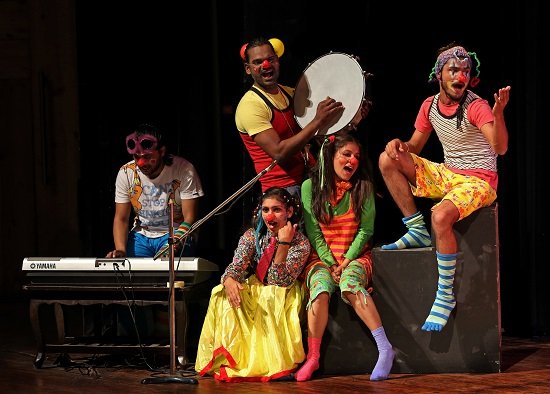

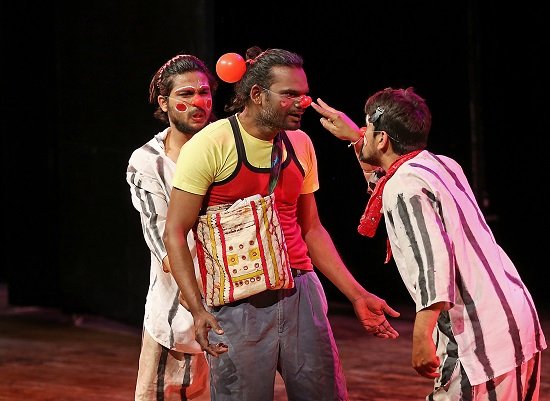
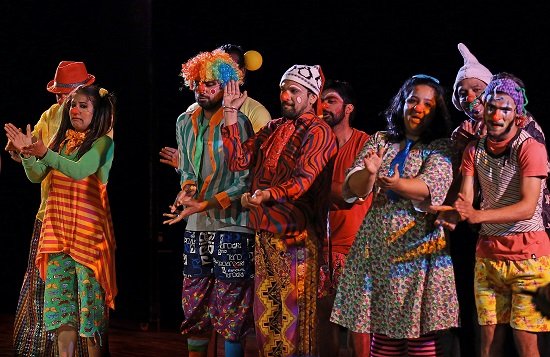
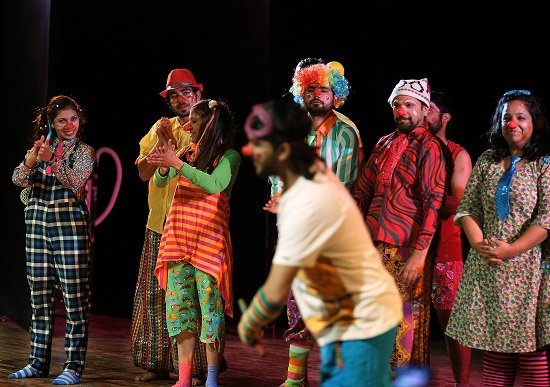

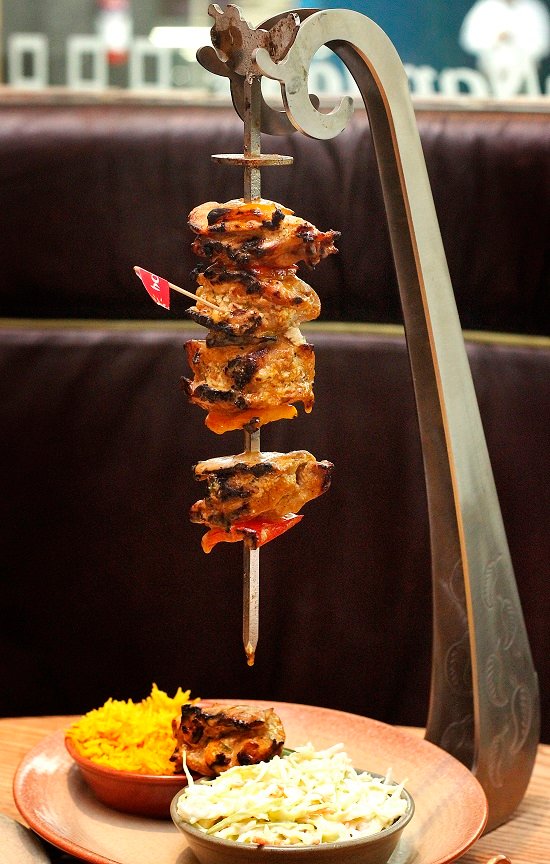
.jpg)
.jpg)
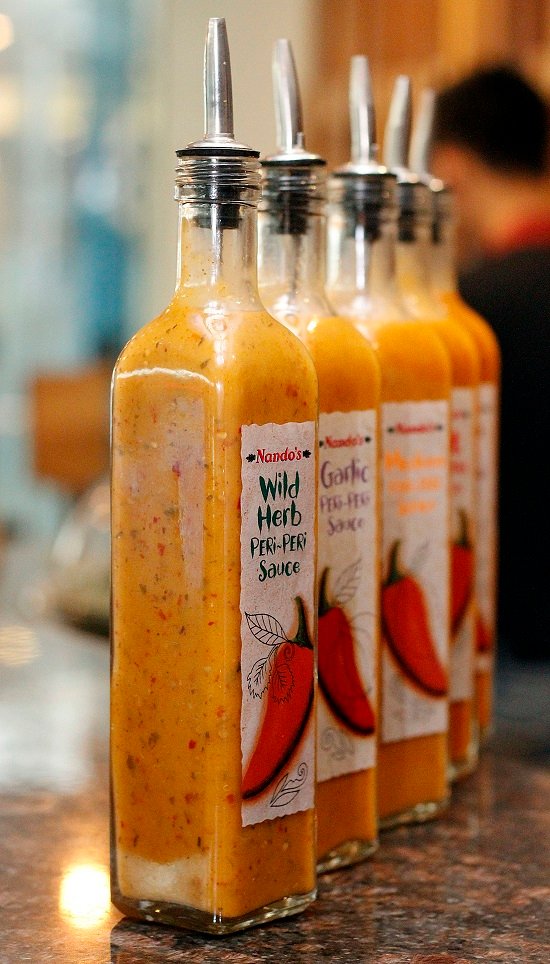
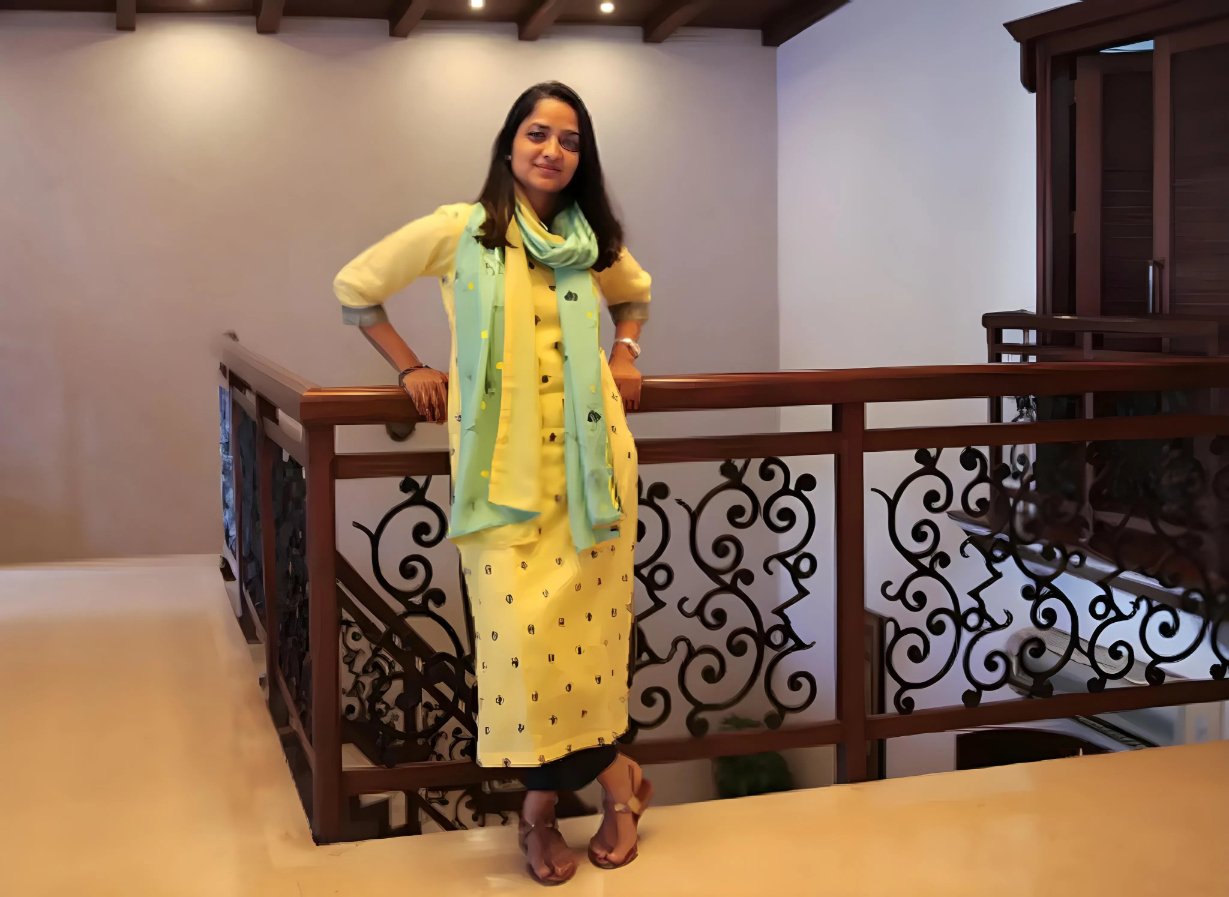

.jpg)
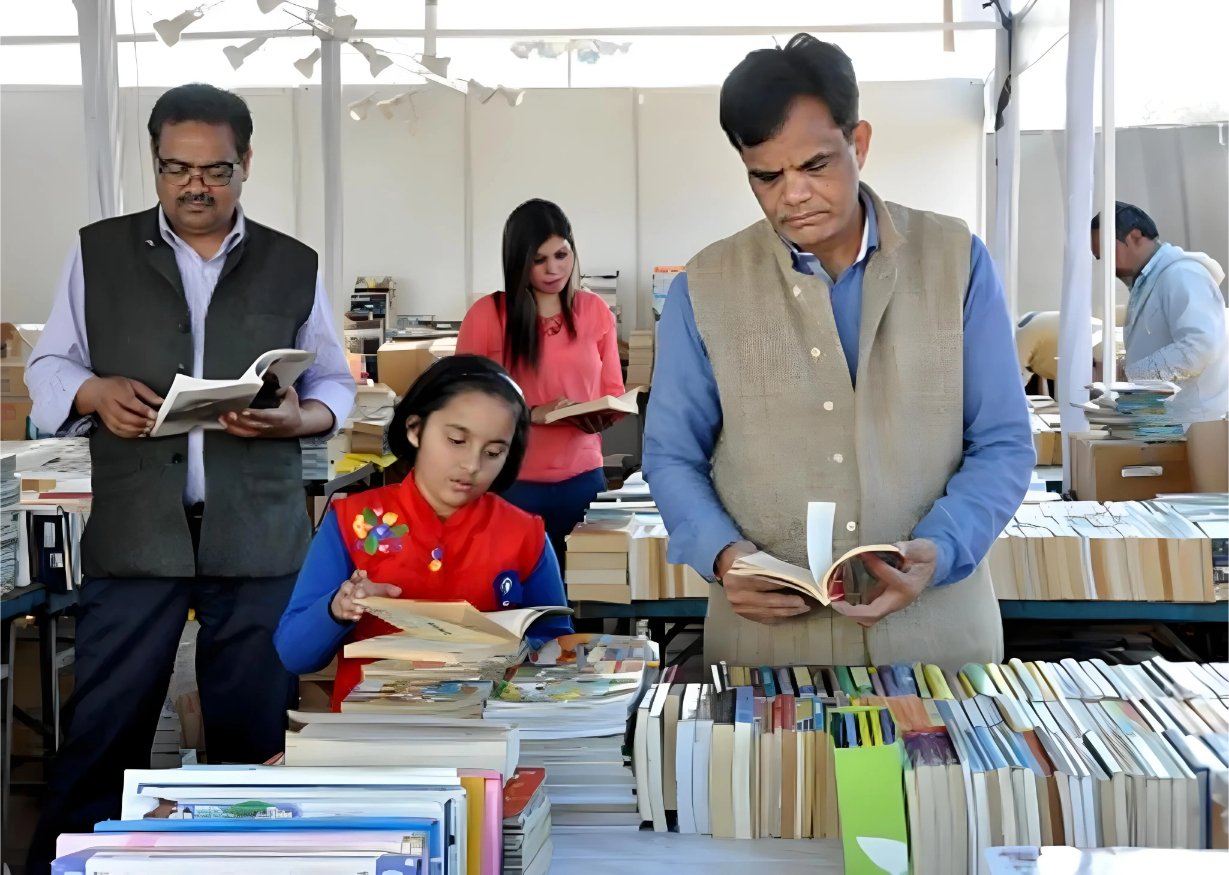
.jpg)
.jpg)
.jpg)
.jpg)
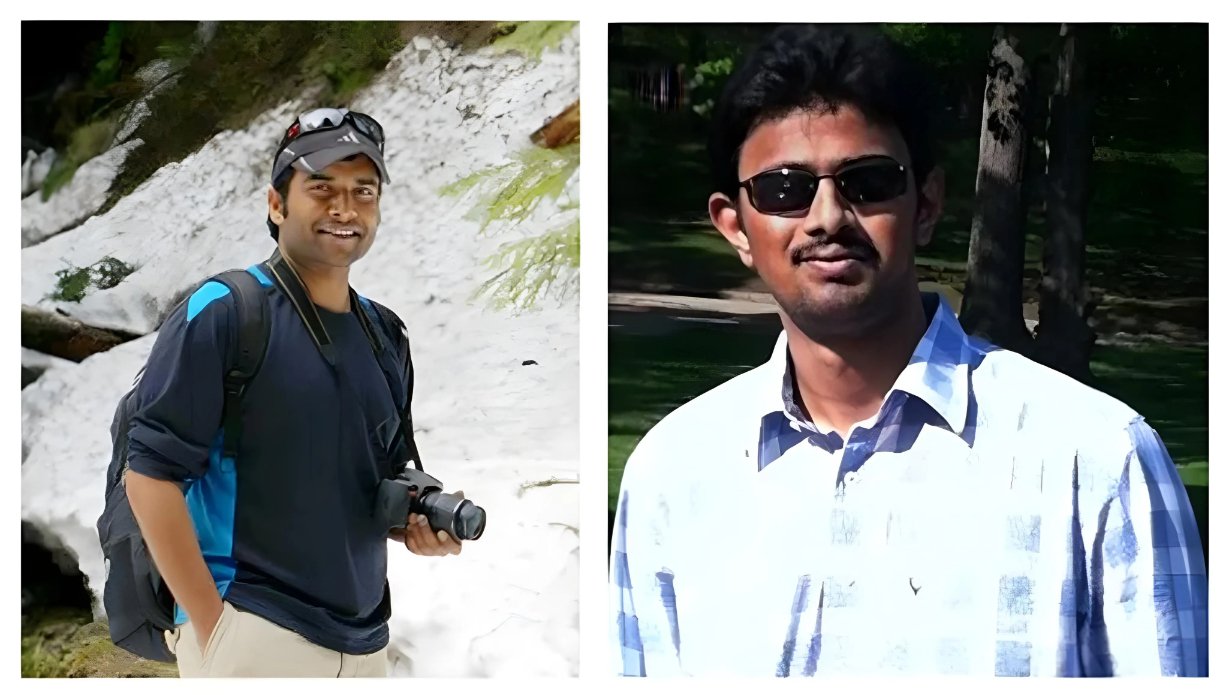

.jpg)
